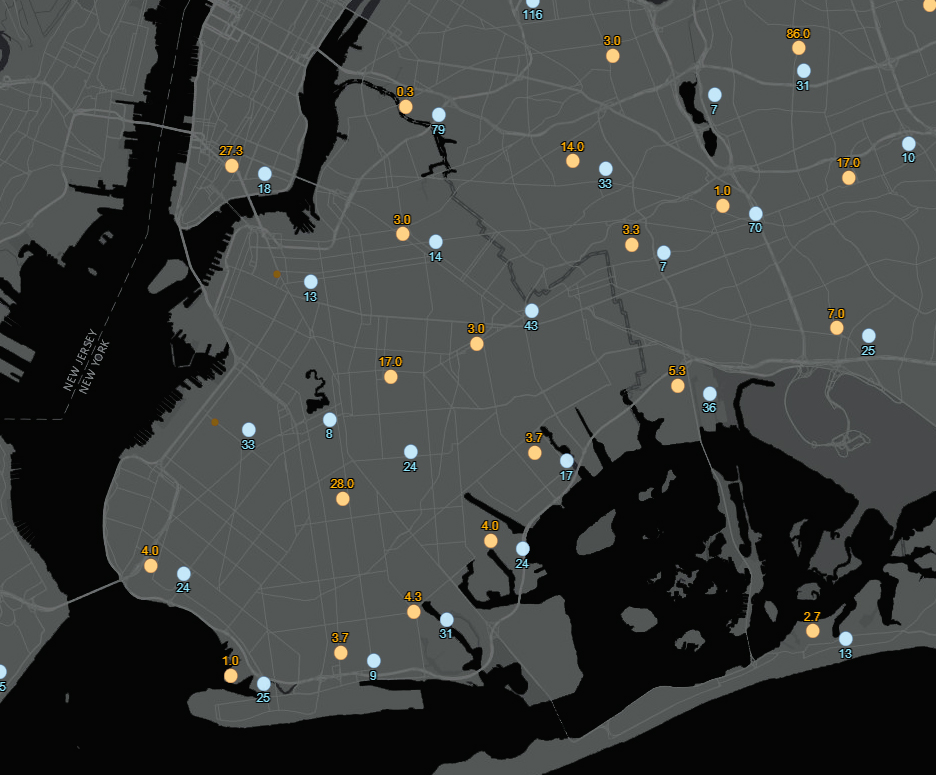NYC steps up efforts to block Zika
Several Brooklyn neighborhoods breeding grounds for mosquitoes

New York City is intensifying its efforts to kill mosquitos that might carry the Zika virus before they start spreading the disease.
The city’s Department of Health (DOH) has doubled its mosquito monitoring capacity and is spraying pesticides from trucks, backpacks and by helicopter.
Two mosquito species with the probable capacity to carry the disease, which causes malformed brains and abnormally small heads in babies (microcephaly) and possibly brain damage in adults, have been detected in New York City: Aedes albopictus and Culex.

Brooklyn Boro
View MoreNew York City’s most populous borough, Brooklyn, is home to nearly 2.6 million residents. If Brooklyn were an independent city it would be the fourth largest city in the United States. While Brooklyn has become the epitome of ‘cool and hip’ in recent years, for those that were born here, raised families here and improved communities over the years, Brooklyn has never been ‘uncool’.